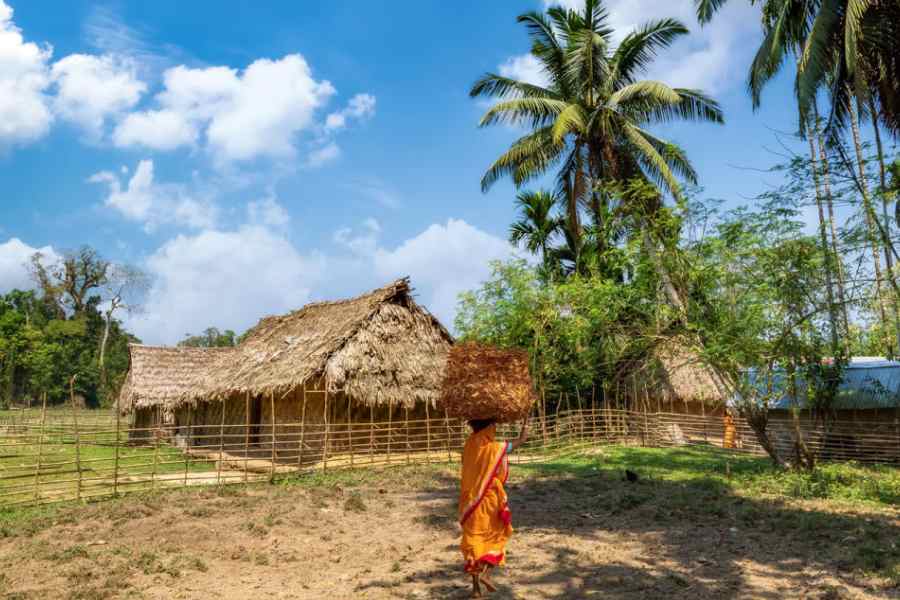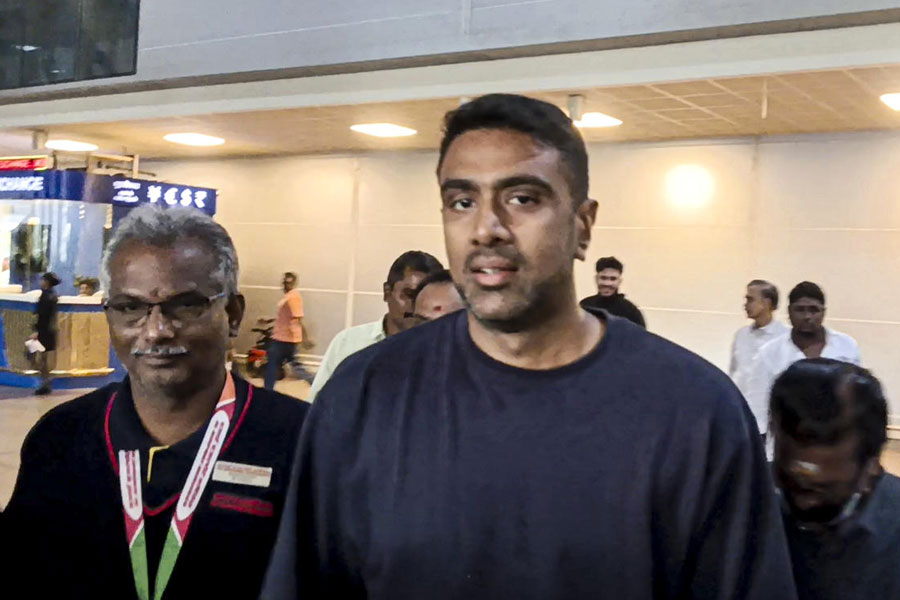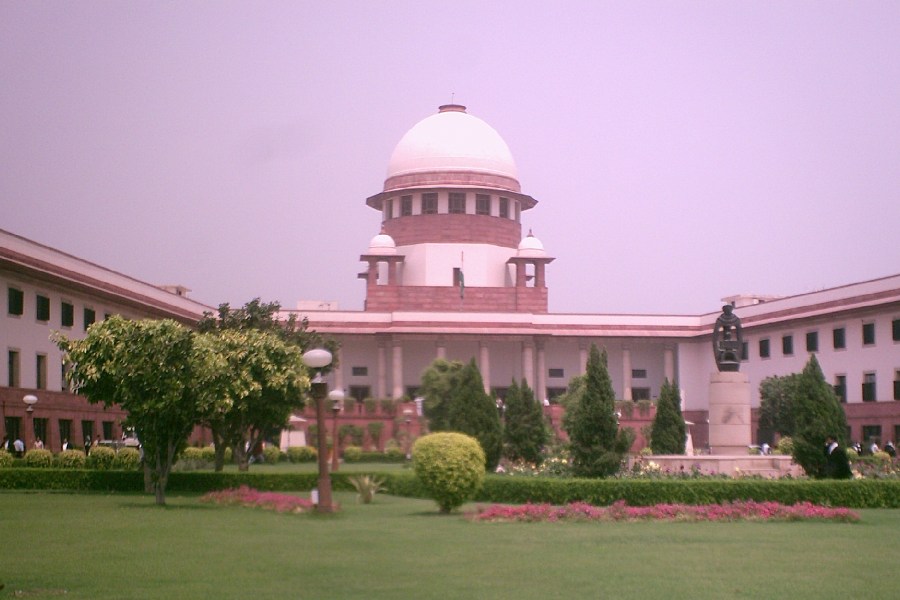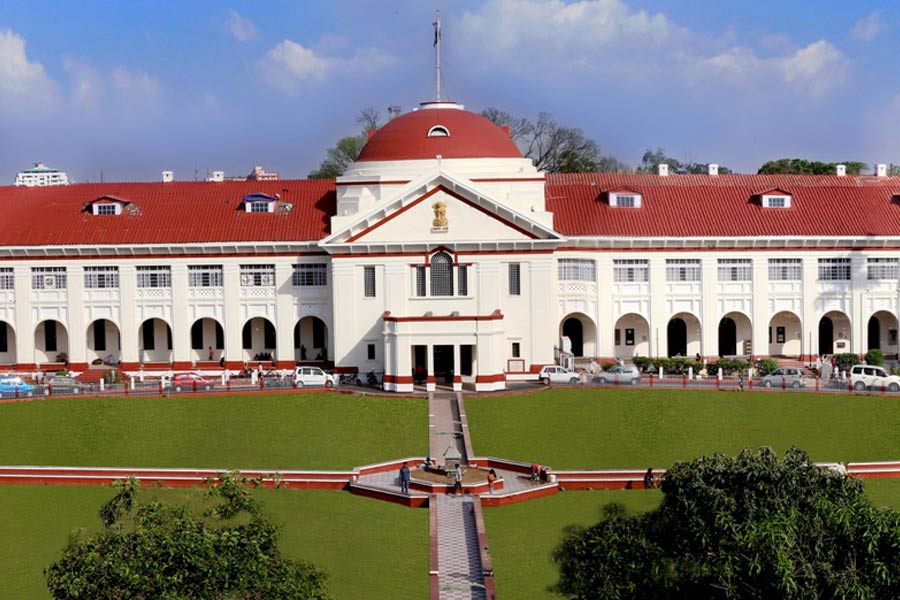IN SEARCH OF THE INDIAN VILLAGE: STORIES AND REPORTS
Edited by Mamang Dai
Aleph, Rs 499
The fast-changing landscape of Indian villages represents a reality familiar to us, reflecting changes we’ve all witnessed in and around our desher baris. The diversity of the landscape encapsulates the land that bears history and memory; it stands as a testament to people’s lives, bearing witness to their journeys and struggles. The acts that unfold within these spaces resonate with human nature, ranging from violence to love, from petty infighting to the magical, transient moments experienced while coming of age.
In Search of the Indian Village: Stories and Reports offers an enriching literary excursion into India’s heartlands. Featuring texts like “The Blue Umbrella” by Ruskin Bond, “Countless Hitlers” by Vijaydan Detha, and “Seed” by Mahasweta Devi, among others, this anthology reimagines the Indian village not only as a setting but also as a dynamic and resilient character at the heart of the nation’s narrative. As India’s foremost Arunachali poet and novelist, Mamang Dai masterfully showcases the diverse and evolving spirit of village life through this collection of stories and essays.
P. Sainath’s often-quoted line, “In a selfish sense, rural India is a journalist’s paradise”, is vividly illustrated in his work “Despots, Distillers, Poets, and Artists: Characters of the Countryside.” In this piece, Sainath provides a journalistic viewpoint, portraying the village as a place of profound diversity and as the frontline of India’s most pressing social and economic challenges. His work has kept in the forefront the acute challenges of rural poverty and the agrarian crisis, documenting the lives of farmers and rural inhabitants facing the tides of change.
The most interesting editorial choice Dai has made has perhaps been the inclusion of Ruskin Bond’s familiar story, “The Blue Umbrella”. Bond’s contribution, imbued with nostalgia, bring forth the serene beauty and interpersonal warmth of rural life, often set amidst the Himalayas. His portrayal is one where nature and human connection are cherished and the simplicity of village life elevated to something profound and touching. However, it is not often we think of Bond’s work while recalling the conventional Indian village.
Vijaydan Detha delves into Rajasthani folklore exploring moral complexities, while Mahasweta Devi highlights the struggles of the marginalised. Damodar Mauzo captures Goa’s unique culture, O.V. Vijayan offers dark philosophical insights, M.K. Gandhi and Surinder S. Jodhka discuss ethical living and social dynamics, and Amitava Kumar and Rahul M. explore environmental and personal narratives. Together, these authors forge a composite picture of the Indian village as a diverse, complex, and critical component of the nation’s fabric, inviting readers to understand and value these communities in their vivid dimensions.
Dai’s anthology extends beyond mere storytelling — it is an act of preservation, presenting the Indian village as a living, breathing entity faced with existential challenges and transformation. Each piece urges readers to acknowledge and appreciate the complexity and the resilience of these settings while challenging the systemic erasure of rural voices in India today.










